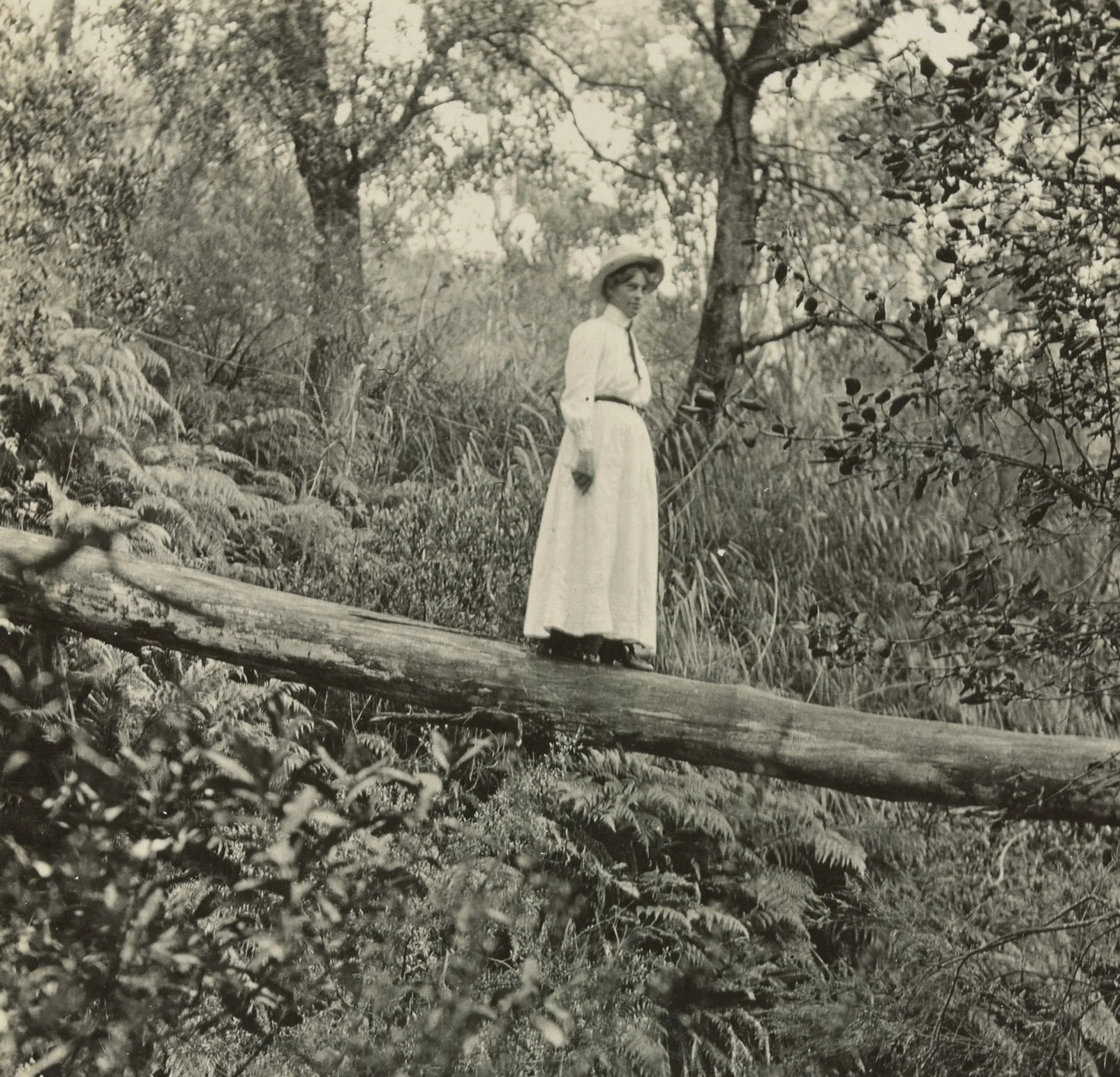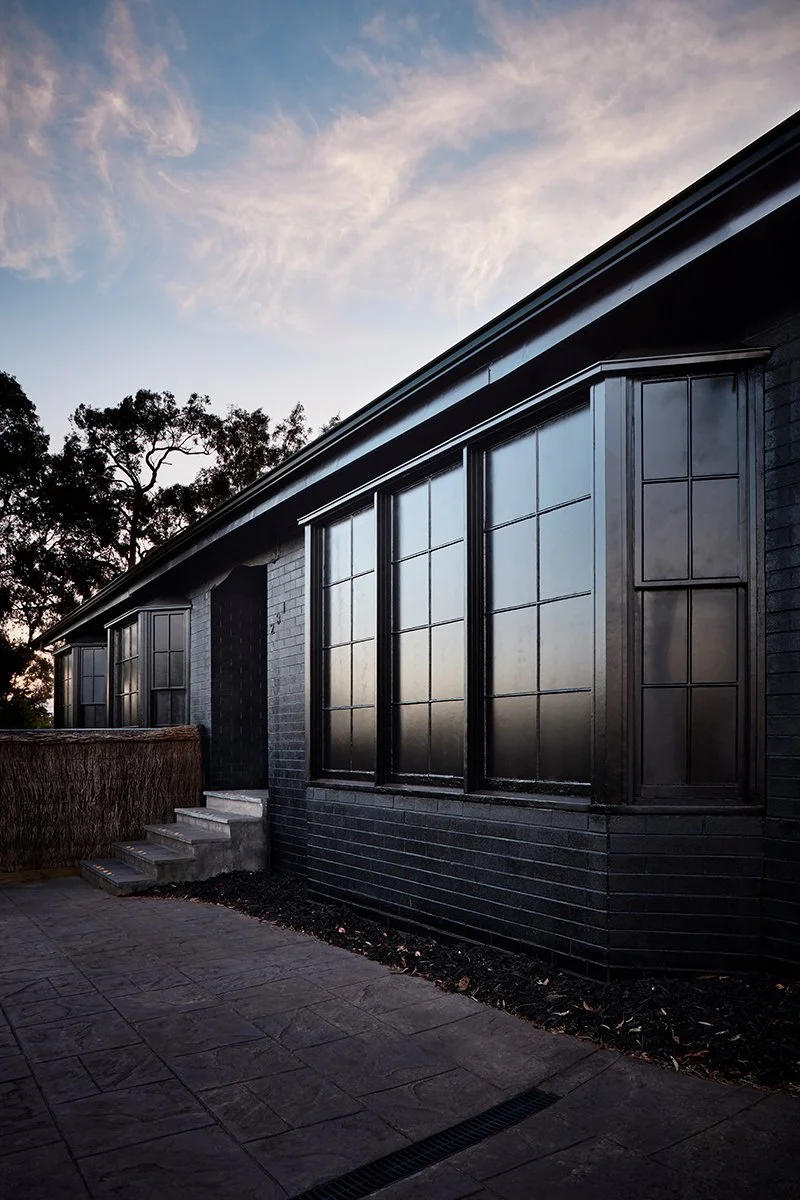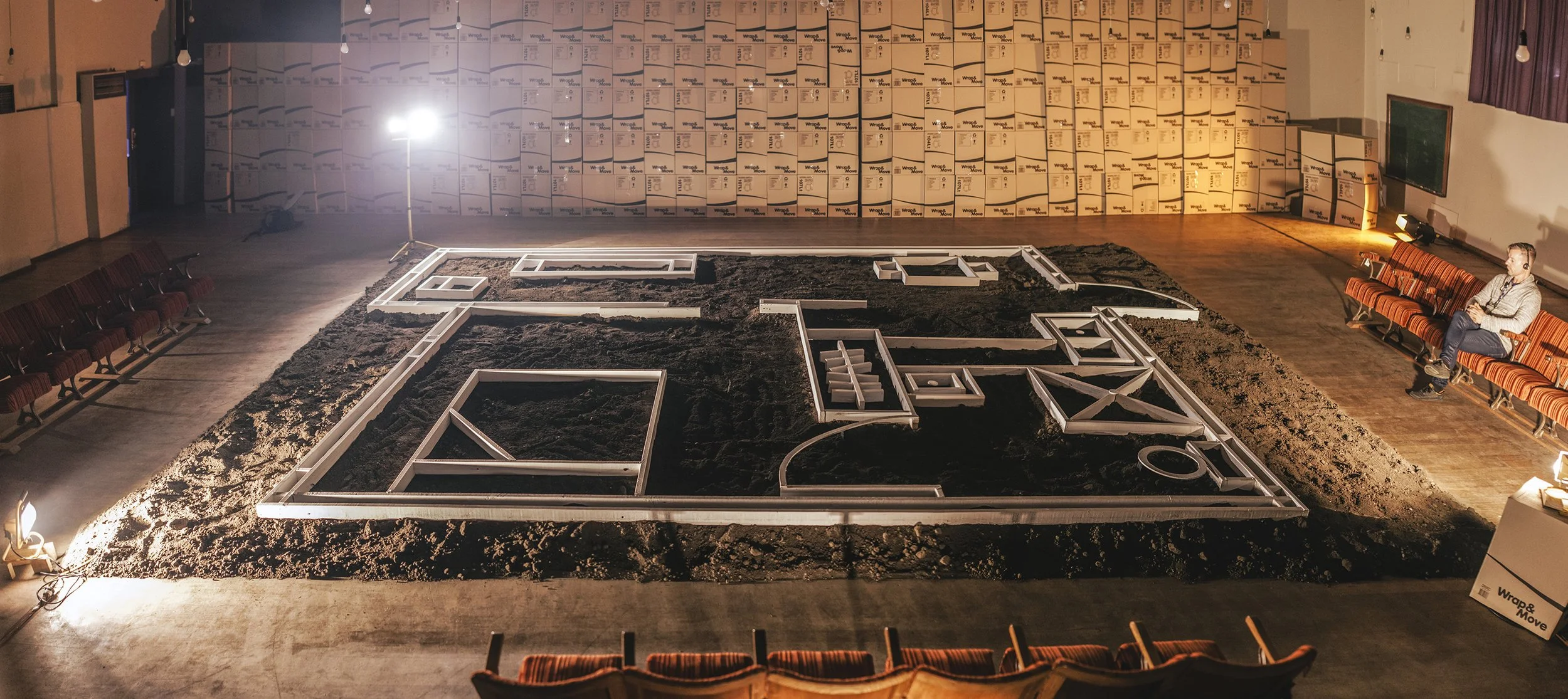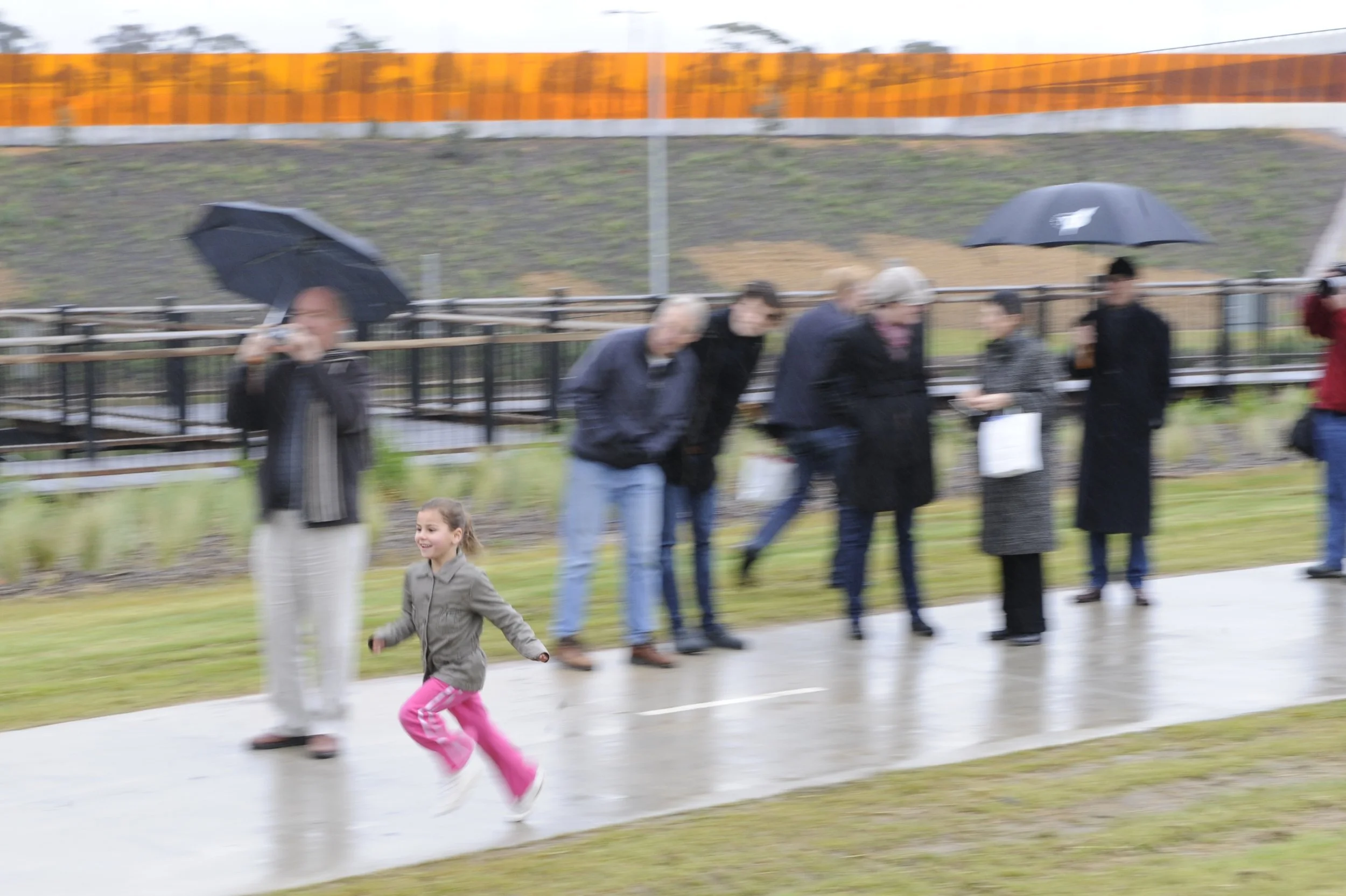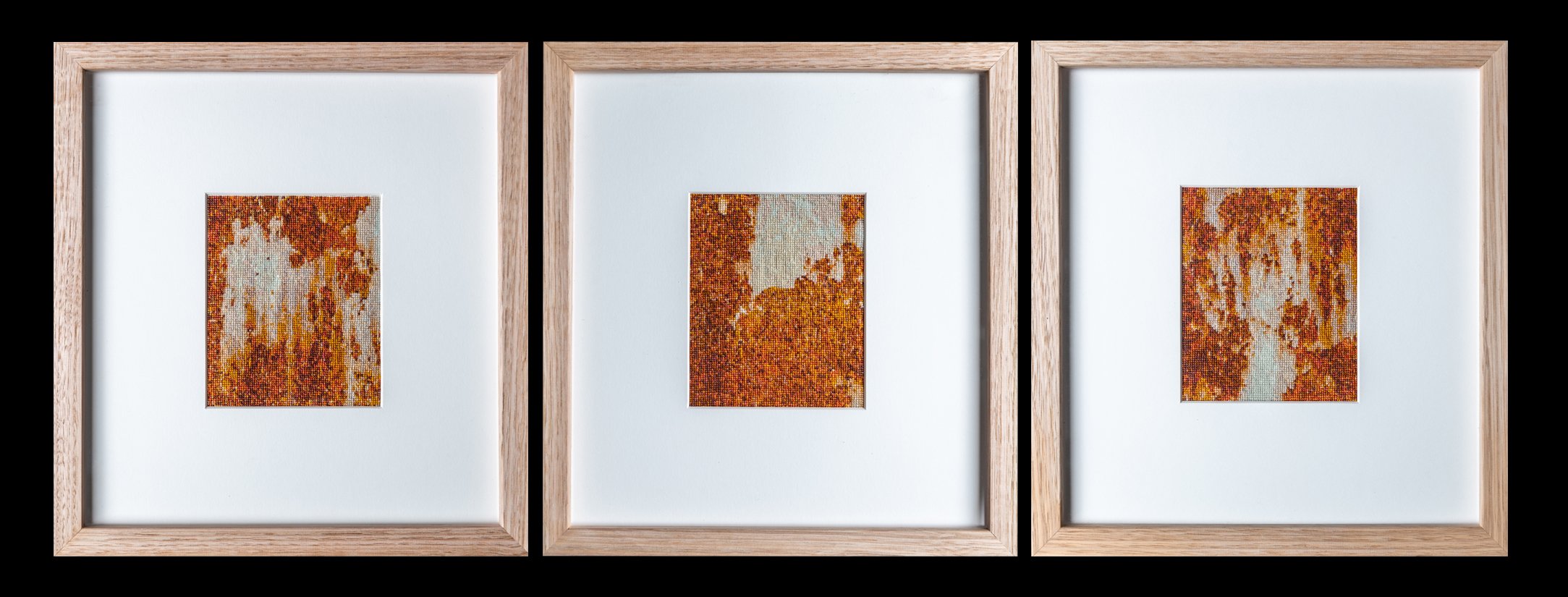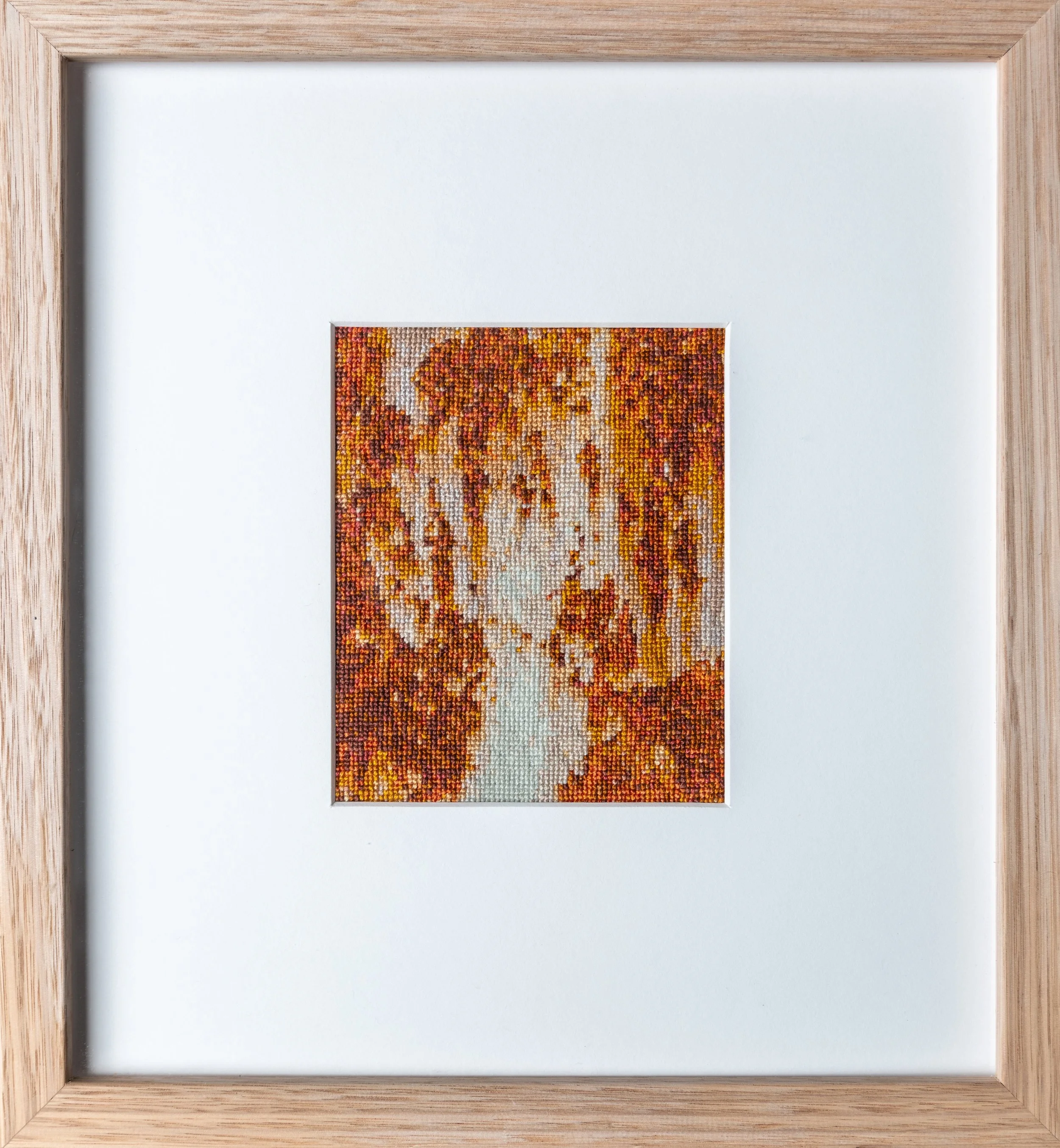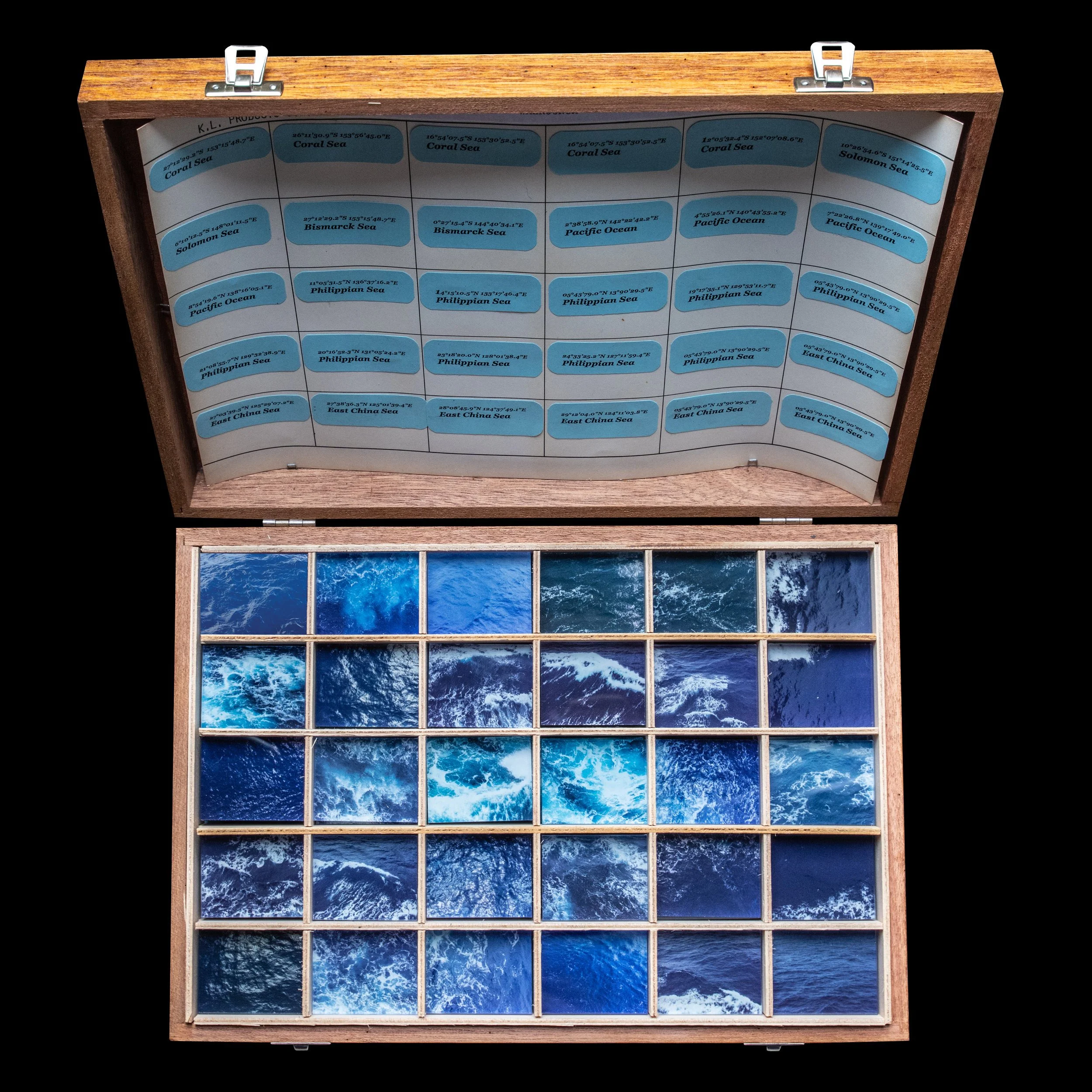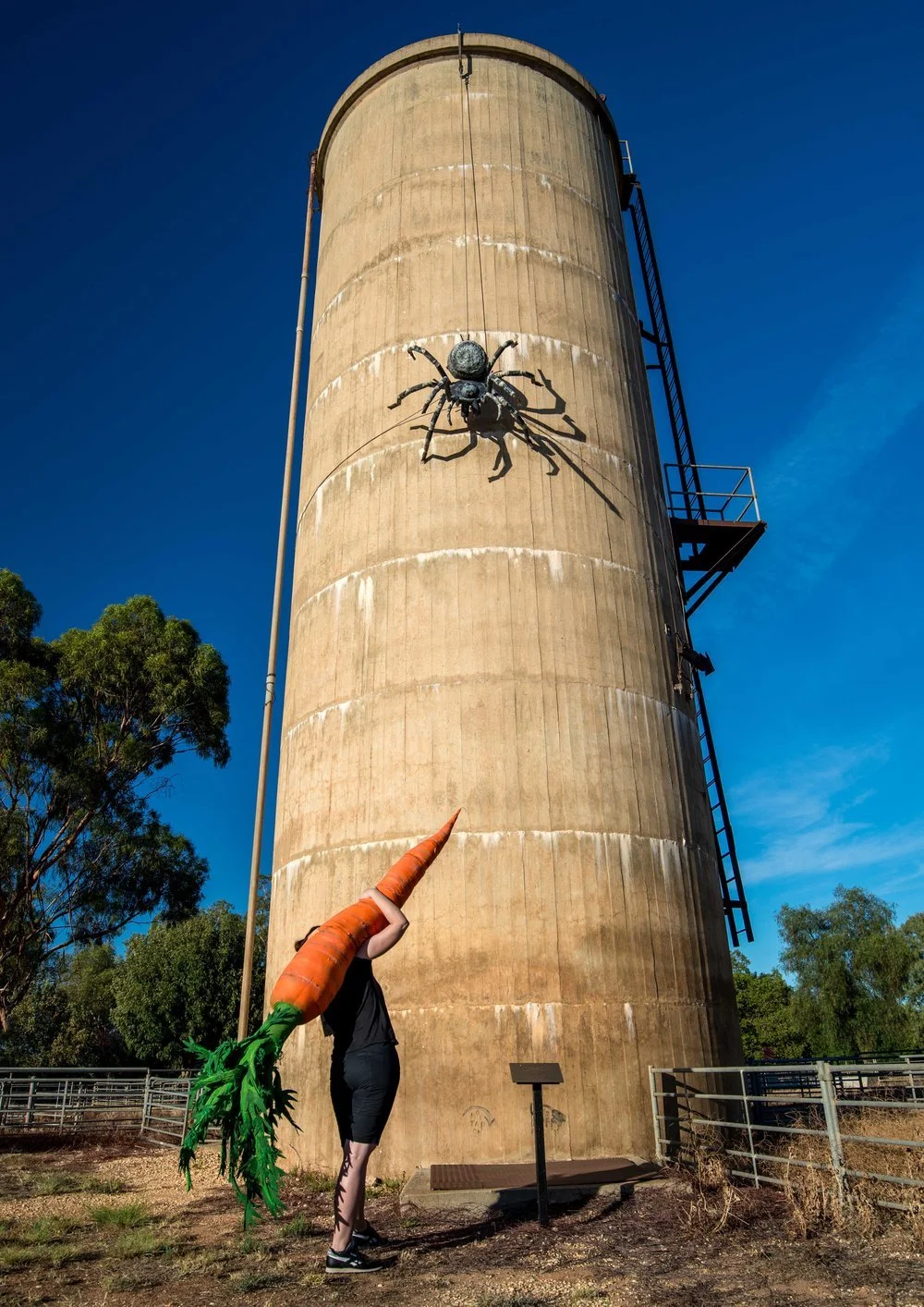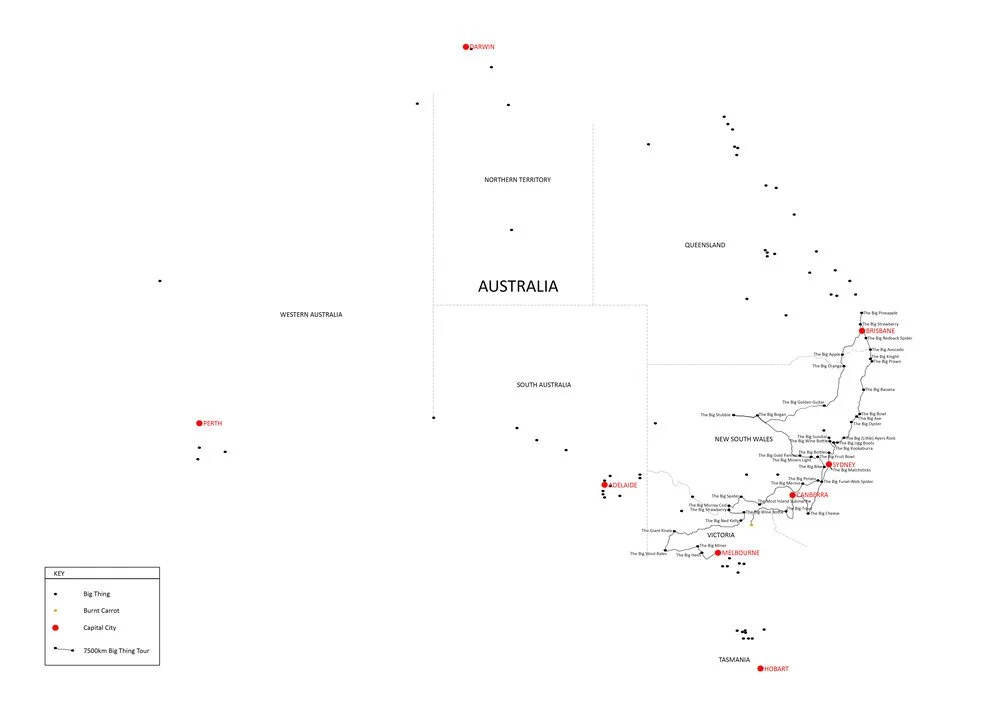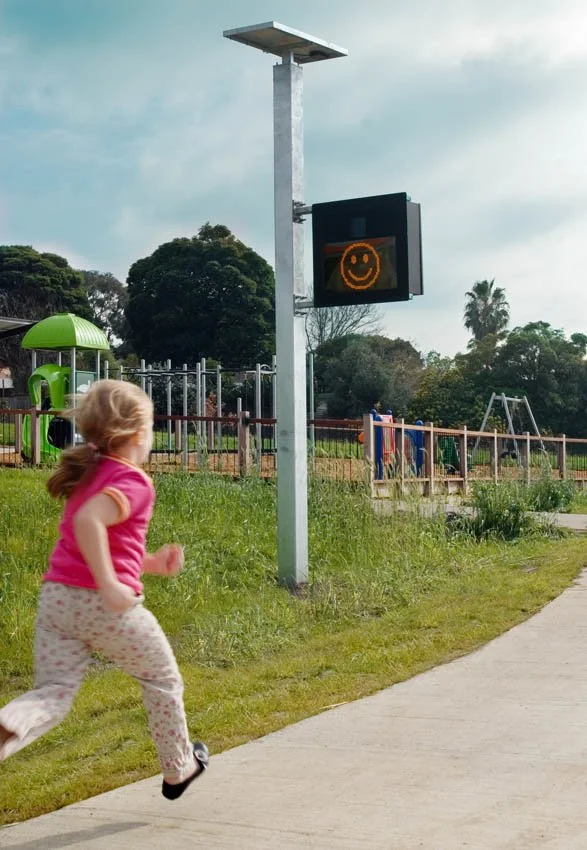Our city is in a state of flux: climate change, rapid population growth, housing affordability, technological advances such as driverless cars and shifts in the labour market are all gearing up to permanently change both the look of our city and how we inhabit it. Over four weeks Clare, and a team of collaborators, transformed an ordinary suburban house inside and out creating an immersive installation that transported audiences to the end of this century to experience the future of the Australian suburbs.
The work contemplated how domestic routines, interpersonal relationships and the fabric of the house itself will adapt to a post carbon world affected by climate change, extreme weather events, population increase and new technologies such as driverless cars and virtual reality. The work is informed by the work of sociologists, contemporary philosophers and cultural theorists such as John Urry, Anthony Elliott, Tim Cresswell, Manual Castels, Rosi Braidotti and Paul Virilio, but also by Melbourne’s history of planning, development and environmental policy.
Section 32 would not have been possible without the support of the following people and organisations: John Smart from Smart Graffiti, RMIT School of Art in Public Space, Andrew Ferris, Chris McCracken, Kate McCracken, Hannah Macnish, John Twyford, Molly Warren, Kurt Luttin, Sue Shee, Martin Brennan, Marcia Ferguson, Patrick McCarthy, Michael Hearn, Martin Buden and the residents of Rose Avenue, Boronia.
Section 32, 2016. Lead artist, creative producer and writer Clare McCracken / key collaborator, performance director and performance writer Brienna Macnish / key collaborator, sound designer, composer and technology designer Robert Jordan / associate artist, creator of the Black Room Jessie Stanley / performer & devisor Kasey Gambling / performer & devisor Isabella Vadiveloo / performer and devisor Ernesto Munoz / performer, message from mars Paul Blenheim / production assistant Andrew Ferris. Section 32 was commissioned by Knox City Council and has been assisted by an anonymous donor.
This work was awarded the 2019 RMIT University Research Award in the Higher Degree by research – Impact category due to its contribution to Knox City Council’s Environmental, Planning and Public Art processes.
Photographs by Rhiannon Slatter and Andrew Ferris.



